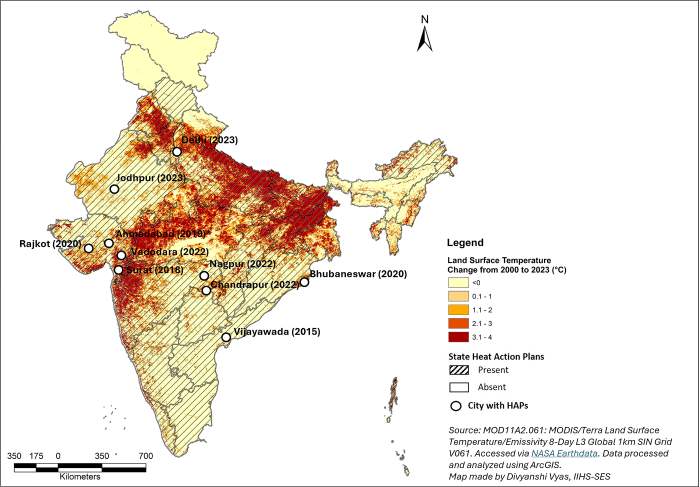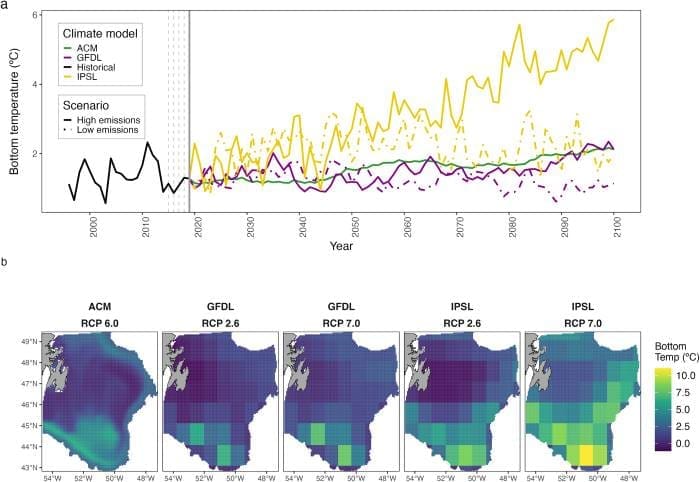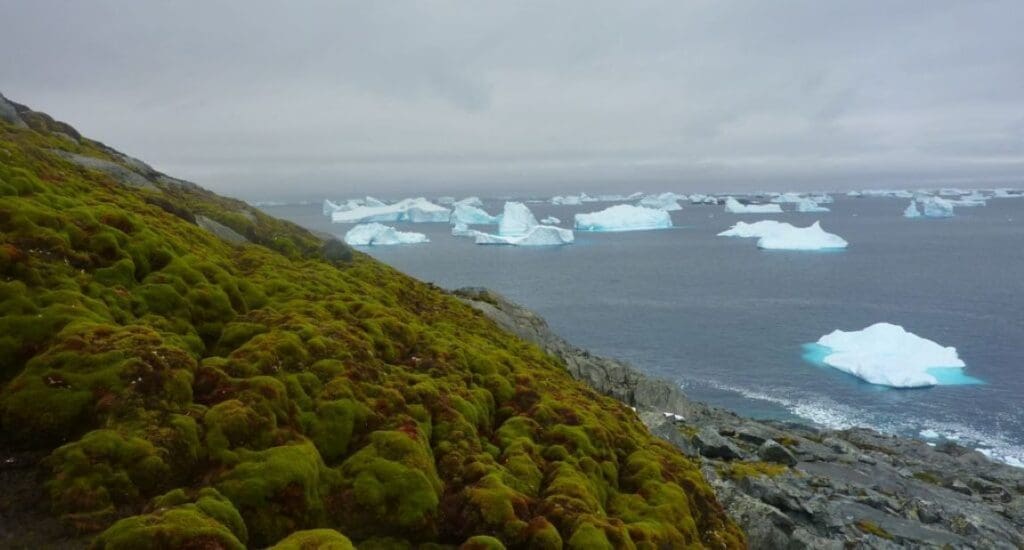Dynamic thermal niches of northeast Pacific groundfish reveal mixed futures
A new study on northeast Pacific groundfish has provided critical insights into how these species are responding to changing ocean temperatures.
By employing a novel statistical approach, researchers estimated and tracked the thermal niches of 30 marine fish species along the west coast of North America over time. Utilizing spatiotemporal models and three long-term fisheries-independent datasets, the team analyzed variations in species densities and thermal preferences on regional and coastwide scales.
The study, published in PLOS Climate, found significant differences in how species are responding to warming waters. While species like Dover sole and shortspine thornyhead exhibit broad and stable thermal niches, semi-pelagic species such as Pacific hake and walleye pollock are experiencing both a warming and narrowing of their thermal niches.
This divergence suggests that economically and ecologically important species face differing vulnerabilities to environmental change, potentially impacting fisheries and ecosystems.
Lead author Dr. Eric J. Ward emphasized the broader utility of the modeling approach, noting its potential for application to other species and environmental variables. By monitoring thermal niche trends, the findings may inform climate vulnerability assessments, dynamic essential fish habitat estimations, and climate risk evaluations for fishing communities.
Journal Reference:
Ward EJ, Anderson SC, Barnett LAK, English PA, Berger HM, Commander CJC, et al. ‘Win, lose, or draw: Evaluating dynamic thermal niches of northeast Pacific groundfish’, PLOS Climate 3 (11): e0000454 (2024). DOI: 10.1371/journal.pclm.0000454
Article Source: PLOS Climate
Indian cities’ heat action plans show progress but lack transformation
As extreme heat events become more frequent, Indian cities are leading efforts to mitigate their impacts through Heat Action Plans (HAPs). These city-level strategies aim to reduce heat risks, particularly for vulnerable populations, and have demonstrated varying degrees of success during recent heatwaves.

However, a new study examining ten HAPs across India has highlighted the incremental nature of these efforts and their reliance on relief-oriented approaches rather than transformative governance.
Published in PLOS Climate, the research drew on a review of HAPs and 25 in-depth interviews with stakeholders involved in their design and implementation. The study identified significant limitations in current heat risk governance, including constrained institutional capacity and inadequate financial mechanisms.
While incremental actions, such as water kiosks and public awareness campaigns, are vital, they fall short of addressing systemic vulnerabilities. The authors argue for integrating forward-looking solutions, such as heat-resilient building codes and a balance of grey, green, and blue infrastructure, to enhance long-term urban resilience.
Despite these challenges, the dynamism of the heat action planning arena – marked by new actors, technologies, and metrics – is promising. The authors call for institutionalizing transformational governance to ensure more decisive and proactive heat adaptation strategies in Indian cities.
Journal Reference:
Singh C, Vyas D, Patil S, Ranjit N, Poonacha P, Surampally S., ‘How are Indian cities adapting to extreme heat? Insights on heat risk governance and incremental adaptation from ten urban Heat Action Plans’, PLOS Climate 3 (11): e0000484 (2024). DOI: 10.1371/journal.pclm.0000484
Article Source: PLOS Climate
Climate models influence projections for species distribution in Newfoundland
A comprehensive study on species distribution on the Grand Banks of Newfoundland has highlighted the impact of climate model selection on projections of biomass trends under climate change.
Using Species Distribution Models (SDMs), researchers evaluated biomass projections for snow crab, yellowtail flounder, and Atlantic cod under various warming scenarios. The study incorporated Earth system models (GFDL-ESM4, IPSL-CM6A-LR) and a regional ocean model system (Atlantic Climate Model), comparing their outputs to assess differences in projected distributional shifts.
The findings, published in PLOS Climate, reveal significant variability in biomass projections. Snow crab and yellowtail flounder are expected to decline with rising temperatures, while Atlantic cod may see gains, particularly in the southern Grand Banks.

a, Time series of average annual bottom temperature for the model domain. The historical period is represented by a black line, while the IPSL-CM6A-LR, GFDL-ESM4, and ACM models are indicated by yellow, purple and green lines, respectively. Dashed lines represent the low emissions scenario (SSP1-2.6), and solid lines depict the high emissions scenario (SSP4-6.0 for ACM, and SSP3-7.0 for GFDL and IPSL). b, Maps of mean annual bottom temperature projections by climate model (GFDL, IPSL and ACM) and RCP scenarios at the end of the century (period 2071–2100). Base map layer from Natural Earth (https://www.naturalearthdata.com/about/). Credit: Ruiz-Diaz R et al. (2024) | DOI: 10.1371/journal.pclm.0000520 | PLOS Climate
Notably, the IPSL model predicted the most pronounced declines, whereas the GFDL and ACM models showed more congruent trends. These discrepancies are attributed to differences in model resolution and bathymetry, emphasizing the critical role of model choice in shaping SDM outcomes.
The study underscores the urgency of adaptive management strategies to minimize climate impacts on Newfoundland and Labrador fisheries. By identifying variability sources, the research highlights SDMs’ potential for guiding medium- and long-term fisheries planning.
Journal Reference:
Ruiz-Diaz R, Koen-Alonso M, Cyr F, Fisher JAD, Rowe S, Fennel K, et al. ‘Climate models drive variation in projections of species distribution on the Grand Banks of Newfoundland’, PLOS Climate 3 (11): e0000520 (2024). DOI: 10.1371/journal.pclm.0000520
Article Source: PLOS Climate
Featured image credit: Gerd Altmann | Pixabay




